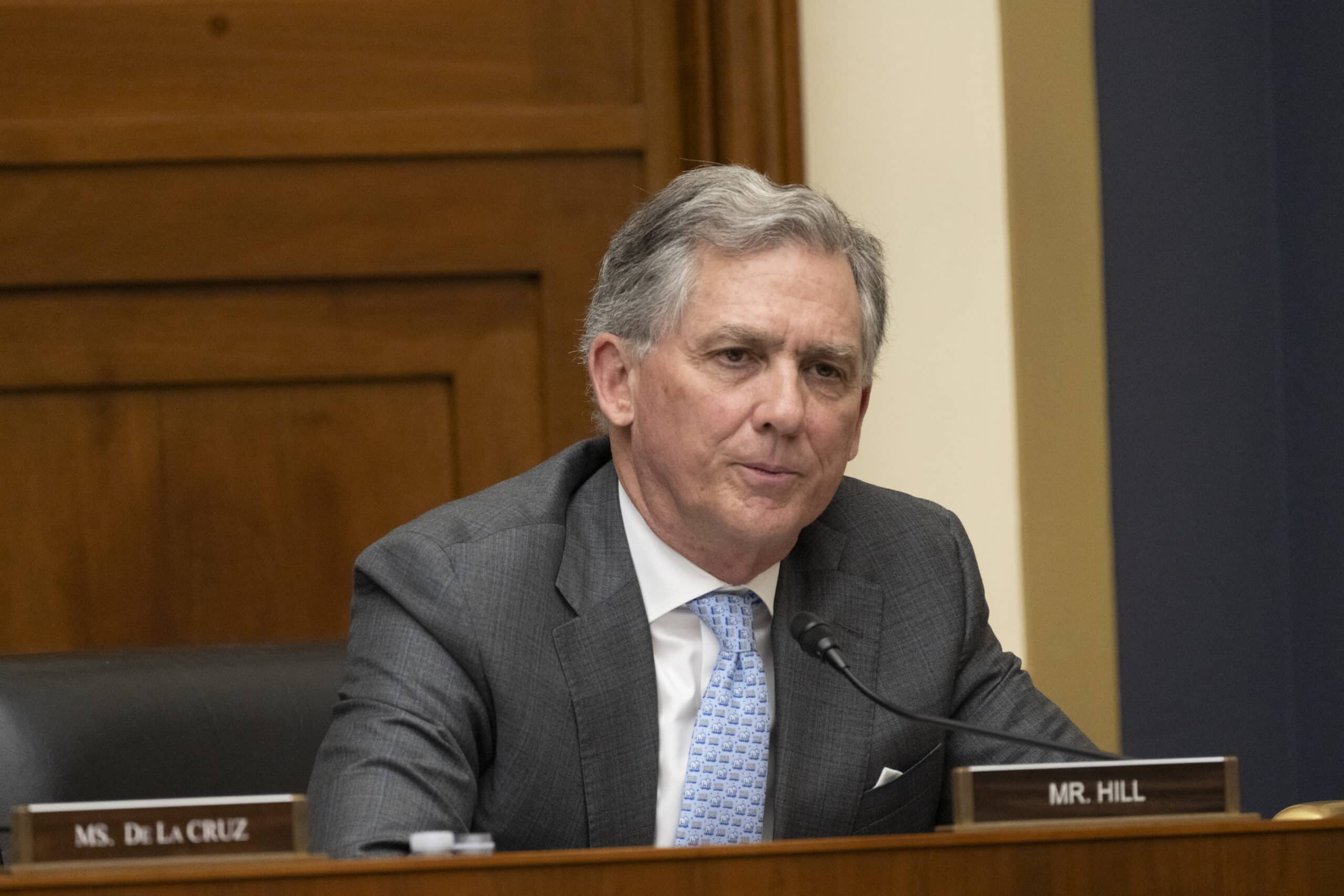Members of the House Financial Services Committee could release a new discussion draft of a market structure bill as soon as this week, according to seven sources who have met with Congressional staff working on the text. The bill is expected to be largely similar to the Financial Innovation and Technology for the 21st Century Act (FIT21), outside of a core difference in how the bill defines decentralization, a requirement for crypto tokens to be regulated by the CFTC rather than the SEC.
Congress is still working out final details, according to three sources who have met with staff or the White House, which is taking an active role in ushering along the legislation, in recent days.
However, there could still be hiccups. The discussion over these crucial final details, combined with the fact that all members of the House are dedicating significant time to working on a high-priority budget reconciliation bill, could cause last-minute delays, these sources say. Still, they each expect the House to release the discussion draft by late May or early June at the absolute latest.
Read More: A Market Structure Bill by August? Why Some Crypto Traders Want Congress to Slow Down
Pressure From the White House
The House is working to release a market structure bill so quickly due to pressure from the White House to put a bill on the president’s desk by Aug. 1, Congress’ last day in session before going on a four-week summer break. Trump, to whom the crypto industry has donated heavily, has said that crypto regulation that he believes would protect innovation is central to making the United States a global leader in cryptocurrency. The White House crypto liaison Bo Hines also told Fortune last week that the presidential administration was “adamant” that both a market structure and stablecoin bill be passed by August, something which the same three sources confirmed the White House has also made clear to members of Congress in private.
Control Rather Than Decentralization
All of the sources who spoke to Unchained said that the bill would be largely similar to FIT21, other than the test it implements for determining whether a cryptocurrency project is decentralized enough to be classified as a commodity, and thus regulated by the CFTC rather than the SEC.
FIT21 said that a digital commodity could not be more than 20% of the total supply owned by an issuer or affiliated person and have 20% or more voting stake in the hands of one issuer or person. It also restricted digital commodities from having had their source code recently changed by an issuer or affiliated person, or recently been marketed publicly as an investment. Critics like GSR Deputy General Counsel Joshua Riezman said that these policies encouraged entrepreneurs to distance themselves from their projects, or move their projects overseas, while the project is early in its life cycle, if they wanted to avoid being regulated by the SEC.
The new market structure bill, on the other hand, is expected to have a slightly different test that focuses on the “control” of any one person or entity over a blockchain project. All sources who spoke to Unchained understood a16z to be highly influential in designing the architecture of the new market structure draft. When asked about this, a spokesperson for a16z said that they understood “control” to be derived from Hester Peirce’s 2019 framework and her second Token Safe Harbor Proposal.
According to two sources who had seen a draft of a16z’s desired test for decentralization, it is based on whether a project is open source and adequately permissionless, distributed, autonomous, and economically independent, with a similar carveout to Peirce’s proposal for higher control from the initial development team. They expected the House draft to have similar provisions, though they were not sure exactly how closely it would mirror the language.
The differences are individually subtle, but all together are designed to encourage decentralization without disincentivizing entrepreneurs from continuing to contribute to projects in their early stages. For example, rather than being concerned with whether 20% or more of a project is owned by a whale, who could use it in governance votes, it focuses on just whether any one entity has 20% or more voting power — something which could allow a venture capital firm or founder, for example, to own more than 20% of the token supply if those tokens are locked up.
Additionally, instead of concerning itself with the recency of changes, it focuses on whether any one entity has the authority to block people from using the protocol or smart contract, hard code privileges that give them preferential treatment, or unilaterally make significant changes. It is also expected to impose disclosure requirements
Read More: Coinbase Aims to Jointly Pass Market Structure and Stablecoin Legislation in Congress
Six of the seven sources who spoke to Unchained said they expected a discussion draft to predate the formal introduction of a bill in the House or Senate. One of the sources said they expected the industry to be given 48 hours to comment on the draft.
In response to a request for comment, a spokesperson for the House Financial Services Committee said, “building on our work from last year, the Committee continues to work on both market structure and stablecoin legislation to provide clarity in the United States for the entire digital asset ecosystem.”
UPDATE Wednesday April 23 7:00 ET: This story was updated with a comment from the House Financial Services Committee spokesperson.



